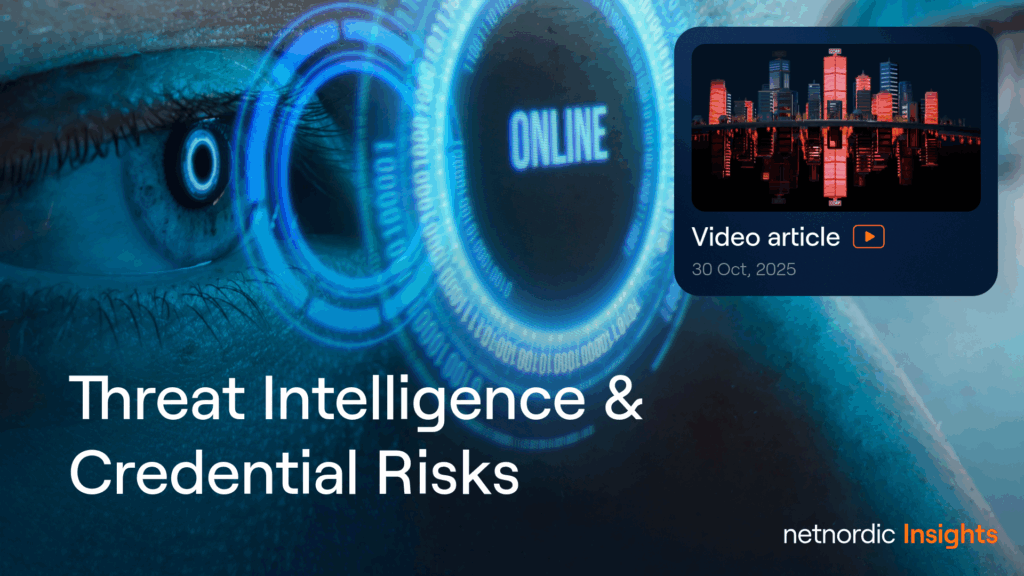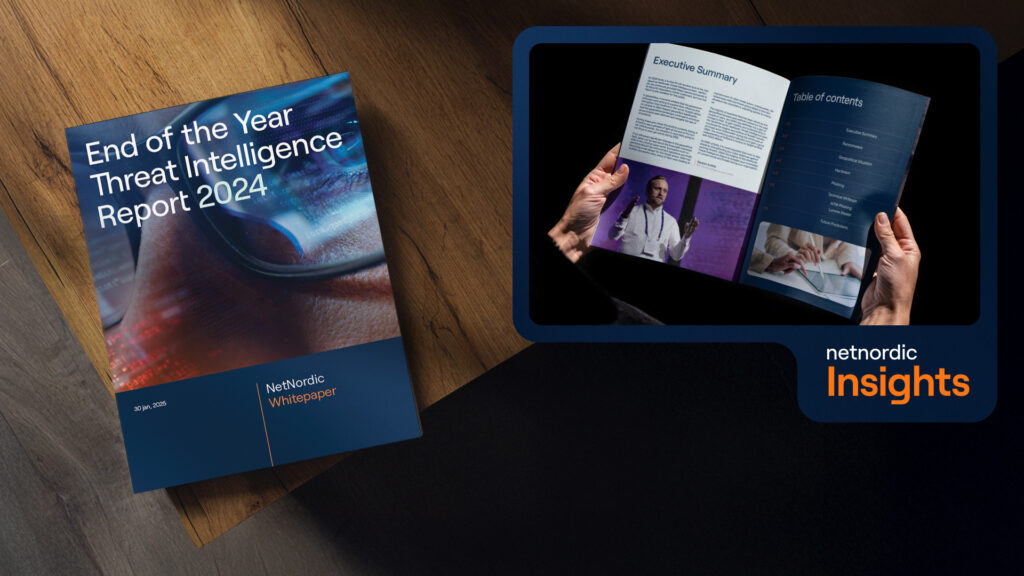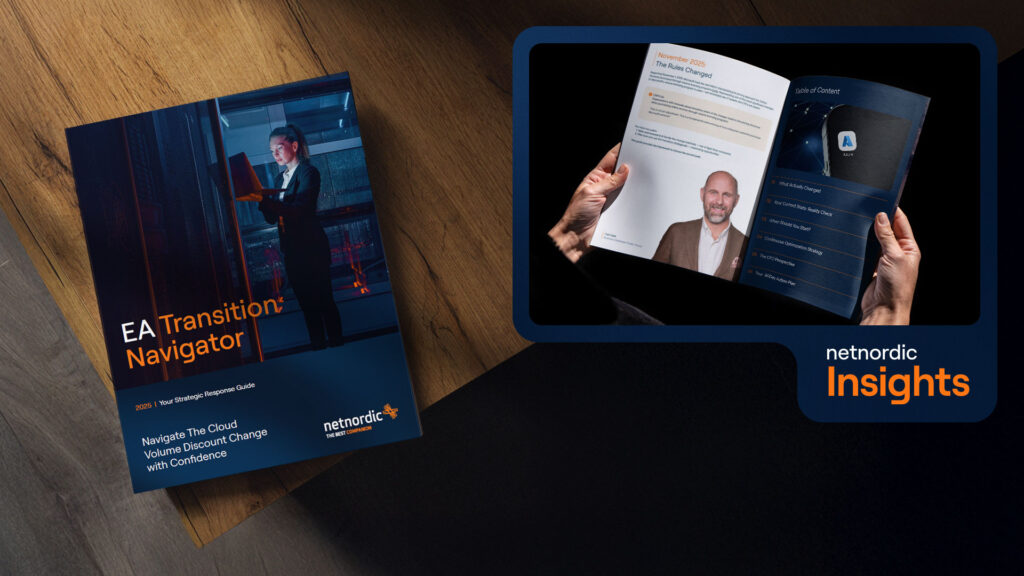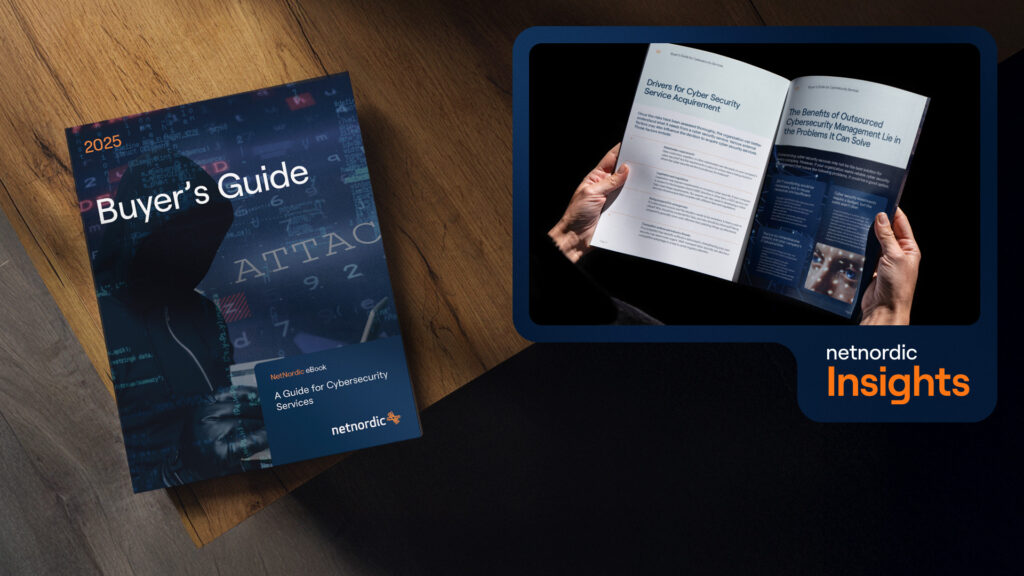Asset Management
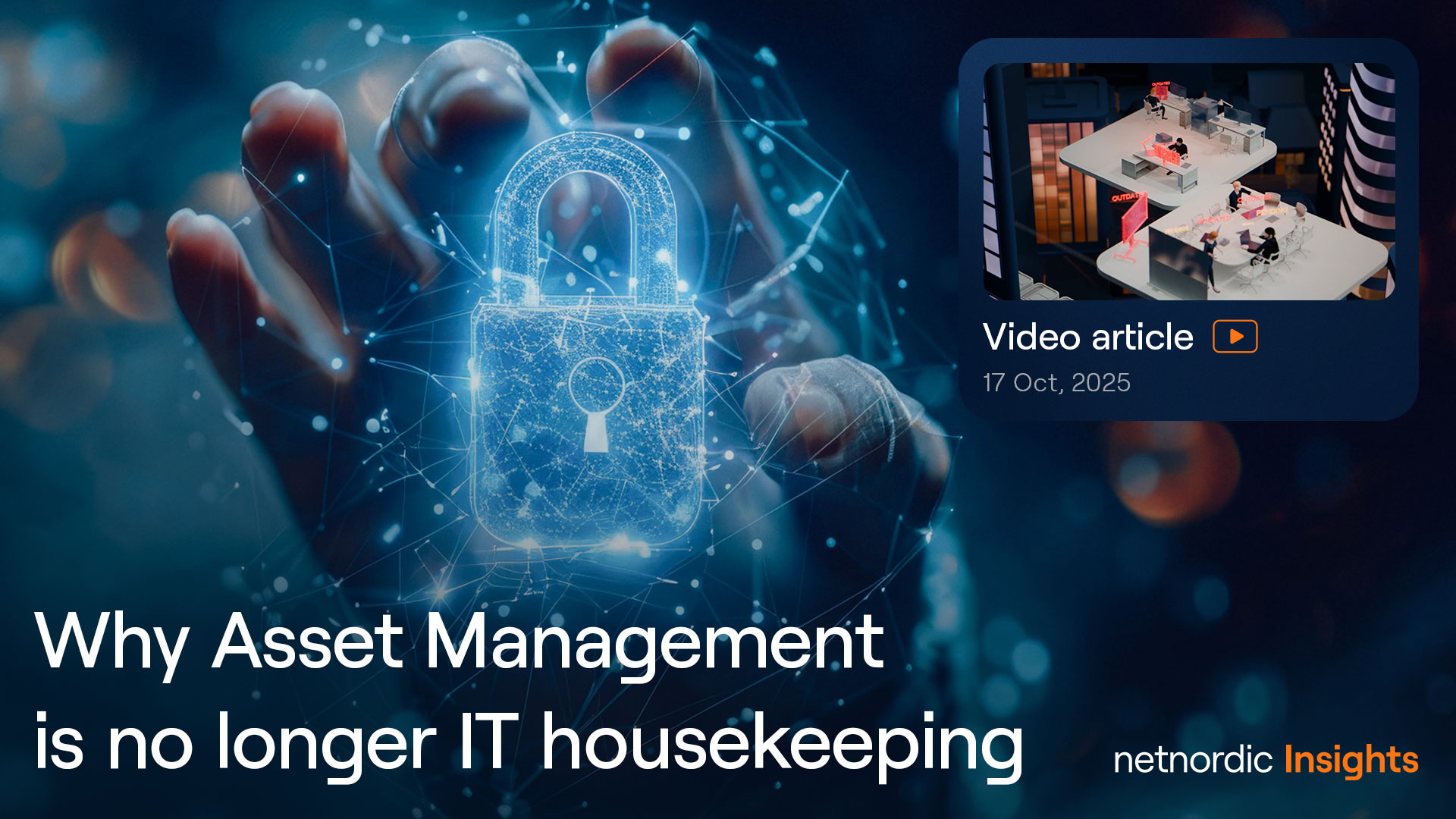
Asset Management: Clear Roles, Clear Responsibilities
As IT infrastructures grow, keeping track of every device, service, and application isn’t just about good housekeeping — it’s a matter of security and business continuity.
When visibility is incomplete, hidden assets and unclear ownership become blind spots attackers can exploit. Forgotten virtual machines, unpatched servers, or unauthorized IoT devices can quietly undermine even the most advanced cybersecurity strategies.
This is where IT asset management in cybersecurity has evolved far beyond traditional inventory tracking. Modern, role-based asset management enables organizations to see, understand, and govern their digital environments in real time — linking technical visibility to business accountability.
When every department, from IT to Security to Business leadership, has clarity over their assets and responsibilities, the result is stronger governance, faster incident response, and measurable business value.
Why Visibility Is the Foundation of Security
“You can’t protect what you don’t know.”
That’s why asset visibility has become the foundation of modern cybersecurity. Without a real-time view of what devices and systems exist across networks, organizations can’t accurately assess their security posture or detect vulnerabilities.
Hidden or “shadow IT” systems — those installed or used outside official management — are a growing challenge. They create entry points that bypass standard protections and compliance controls. According to ENISA, a lack of visibility is among the top contributing factors in critical infrastructure breaches.
Comprehensive IT asset management tools address this by continuously discovering, cataloging, and classifying every connected asset — from servers and laptops to cloud workloads and IoT devices. This visibility transforms what used to be a static list into a live security map, allowing IT and security teams to spot weak points before attackers do.
From Inventory to Accountability: Defining Ownership
Visibility is only the first step. True cybersecurity asset management adds structure through ownership and governance.
By grouping assets according to departments or business functions — and assigning clear ownership to responsible individuals — organizations eliminate “orphaned” devices that fall outside maintenance or monitoring. This approach aligns directly with IT governance and compliance frameworks such as ISO 27001 and NIS2.
For example, marketing may own a web analytics platform, while IT maintains infrastructure visibility and Security oversees patch and vulnerability compliance. Each department understands what they own and what they must protect.
This kind of structured asset ownership in cybersecurity not only prevents confusion but also strengthens accountability, ensuring every endpoint, service, and license has a responsible owner.
Role-Based Access: Giving the Right People the Right Visibility
Modern systems support this through role-based access control (RBAC), which tailors the asset view by role. This ensures sensitive data stays protected while each function can act decisively within its scope.
When implemented well, RBAC not only streamlines workflows but also supports audit readiness and policy compliance by proving that access and accountability are aligned.
Effective governance depends on giving every stakeholder the right level of visibility.
-
IT teams require detailed technical views — patch levels, installed software, network interfaces — to manage operations efficiently.
-
Security teams need to see vulnerabilities, configuration risks, and compliance gaps to prioritize defenses.
-
Business leaders look at the bigger picture — understanding asset value, data sensitivity, and potential impact on operations or reputation.
Linking Asset Management and Vulnerability Management
Traditional asset management tells you what you have. Vulnerability management tells you what’s at risk. When the two systems are integrated, organizations gain a powerful tool for reducing exposure.
For instance, a vulnerability scan might identify a critical CVE — but without asset linkage, IT teams can’t easily determine which systems are affected. With integrated patch management visibility, they can instantly see which devices need updates, who owns them, and how critical they are to business operations.
This direct connection between assets and vulnerabilities shortens patch cycles, limits attack surfaces, and supports proactive defense. It also helps prioritize remediation by business impact — ensuring that critical assets, not just critical vulnerabilities, get attention first.
Business Value Beyond Security
The business value of asset management extends well beyond risk reduction — it drives smarter investments, better IT performance, and measurable returns on security initiatives.
- Improved compliance reporting
Automatically generated asset inventories simplify audits and demonstrate adherence to frameworks like ISO, GDPR, and NIS2.
- Cost optimization
By identifying redundant software, unused licenses, or outdated hardware, IT departments can significantly reduce operational costs.
- Operational efficiency
Unified asset data enhances collaboration between IT and Security, improving workflows for patching, monitoring, and incident response.
How to Get Started With Role-Based Asset Management
Following this model transforms asset data from static information into actionable cyber resilience intelligence — strengthening both security and governance.
Implementing an effective asset management strategy doesn’t require a full overhaul. It requires clarity, ownership, and integration:
-
Build a full inventory – Start by discovering all assets across on-premises, cloud, and hybrid environments.
-
Assign roles and responsibilities – Define who owns what, and who can access which systems.
-
Integrate vulnerability data – Connect your vulnerability management solution for real-time risk visibility.
-
Prioritize critical assets – Focus on the systems and data that matter most to business continuity and compliance.
In cybersecurity, visibility and accountability are inseparable. IT asset management has evolved from an operational necessity into a strategic enabler — one that empowers organizations to understand their infrastructure, manage risk, and prove compliance.
By combining asset visibility, role-based access, and vulnerability management, organizations can build a transparent and resilient governance model.
Because ultimately, you can’t protect what you don’t know.
And when every asset has an owner, every role has clarity, and every risk has visibility — your organization is not just compliant, but truly secure.
Read More
Content subjects category
Content type
Related content
Contact Us
Feel free to call us directly on our telephone number +47 67 247 365, send us an email salg@netnordic.no, or fill in the form and we will get back to you as soon as possible! Thanks!

